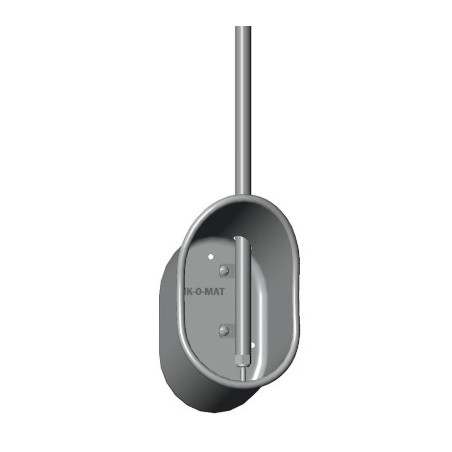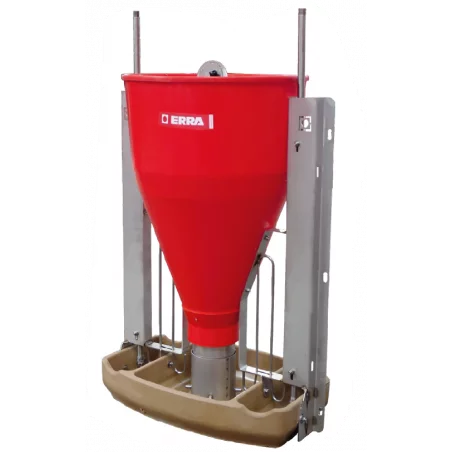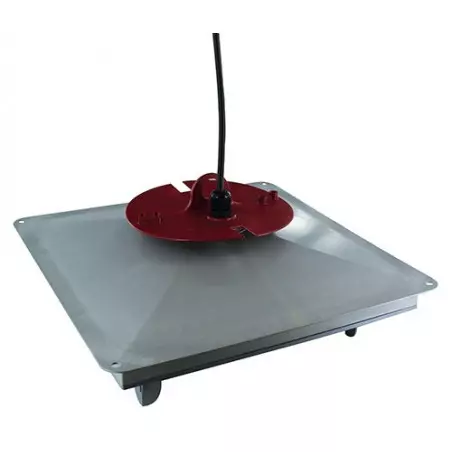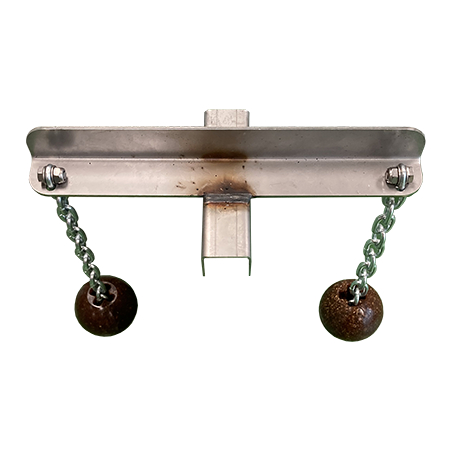The optimum proportion of water for preparing liquid feed to maximize growth and optimize feed efficiency (FE) in growing-finishing pigs is not well known. Limited research has been conducted on this topic and there are no clear guidelines. Therefore, the aim of the present study was, using an automatic short-trough sensor liquid feeding system, to identify the water-to-feed ratio at which growth was maximized and feed was most efficiently converted to live-weight in growing-finishing pigs. For that purpose, two trials were performed in which four commercially used water-to-feed ratios were fed: 2.4:1, 3.0:1, 3.5:1, and 4.1:1 on a dry matter (DM) basis. Each trial was carried out with 216 Duroc × (Landrace × Large White) penned in groups of 6 same sex (entire male and female) pigs/pen with a total of 9 pen replicates per treatment. The first trial lasted 62 days (from 40.6 to 102.2 kg at slaughter) and the second trial lasted for 76 days (from 31.8 to 119.6 kg at slaughter). Individual pig weights were recorded on d0, 32, and 62 of trial 1, and on d0, 40, and 76 of trial 2 and pen-group weights were also recorded on d19, and 57 in trial 2. ADFI was recorded daily and calculated for the periods between each pig weighing in each experiment. ADG, ADFI and FE were calculated for each period and for the entire experiment.
Overall, in trial 1, pigs fed at a water-to-feed ratio of 3.5:1 had a lower ADFI and a better FE than those fed at 2.4:1 and 3.0:1, whereas those fed at 4.1:1 had a similar ADFI and FE to that of pigs on all other treatments. At slaughter, pigs fed 4.1:1 had a significantly lower dressing percentage than those fed the other 3 treatments, however, there were no treatment differences for carcass cold weight, muscle depth, fat depth or lean meat percentage. On trial 2, there was reduced ADG and a tendency for feed intake to be reduced when pigs were fed at 4.1:1 compared with 2.4:1, whereas the ADG and ADFI of pigs fed at 3.0:1 and 3.5:1 were similar to both. There were no overall treatment differences observed for FE. At slaughter (d76), pigs fed at 2.4:1 were heavier and had heavier carcasses than pigs fed at 4.1:1.

In conclusion, these results suggest that liquid feeding a diet prepared at a water-to-feed ratio of 3.5:1 maximizes FE of growing-finishing pigs without negatively affecting dressing percentage.
O’Meara FM, Gardiner GE, O’Doherty JV, Lawlor PG. Effect of water-to-feed ratio on feed disappearance, growth rate, feed efficiency, and carcass traits in growing-finishing pigs. Translational Animal Science. 2020; 4(2): txaa042. https://doi.org/10.1093/tas/txaa042







